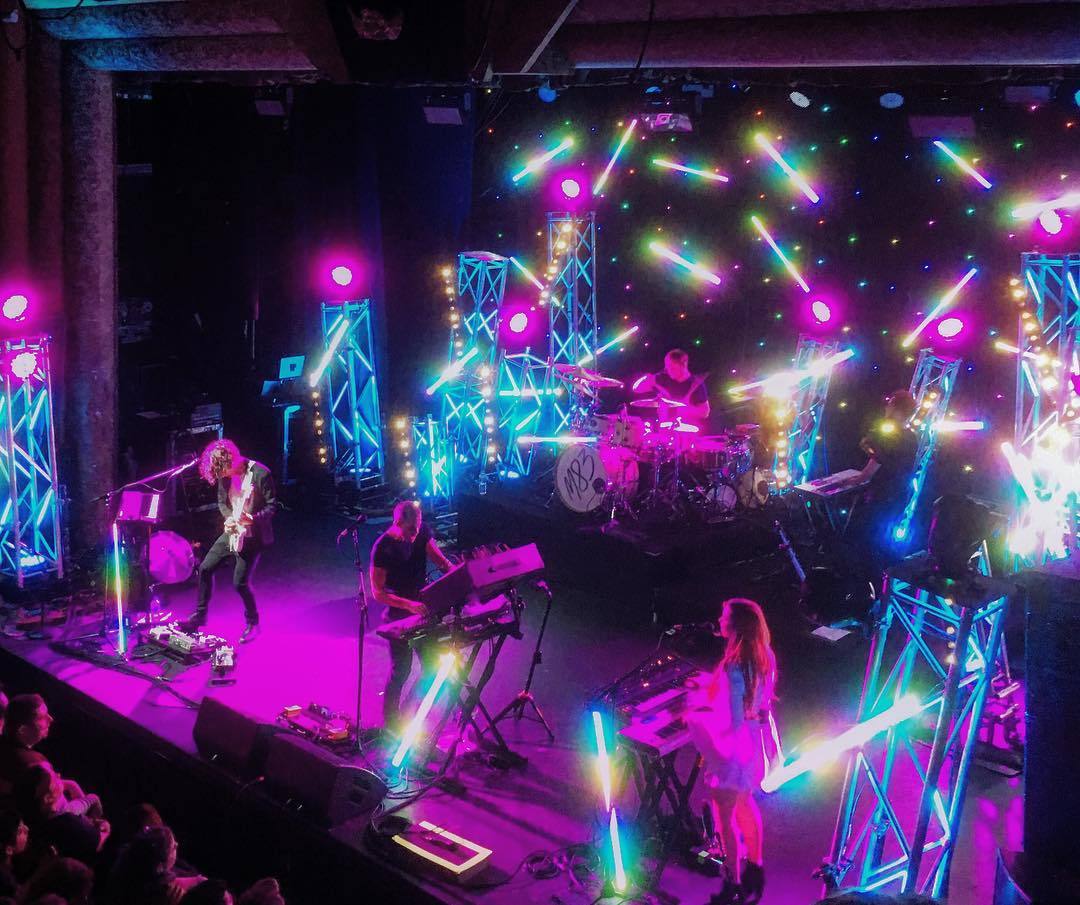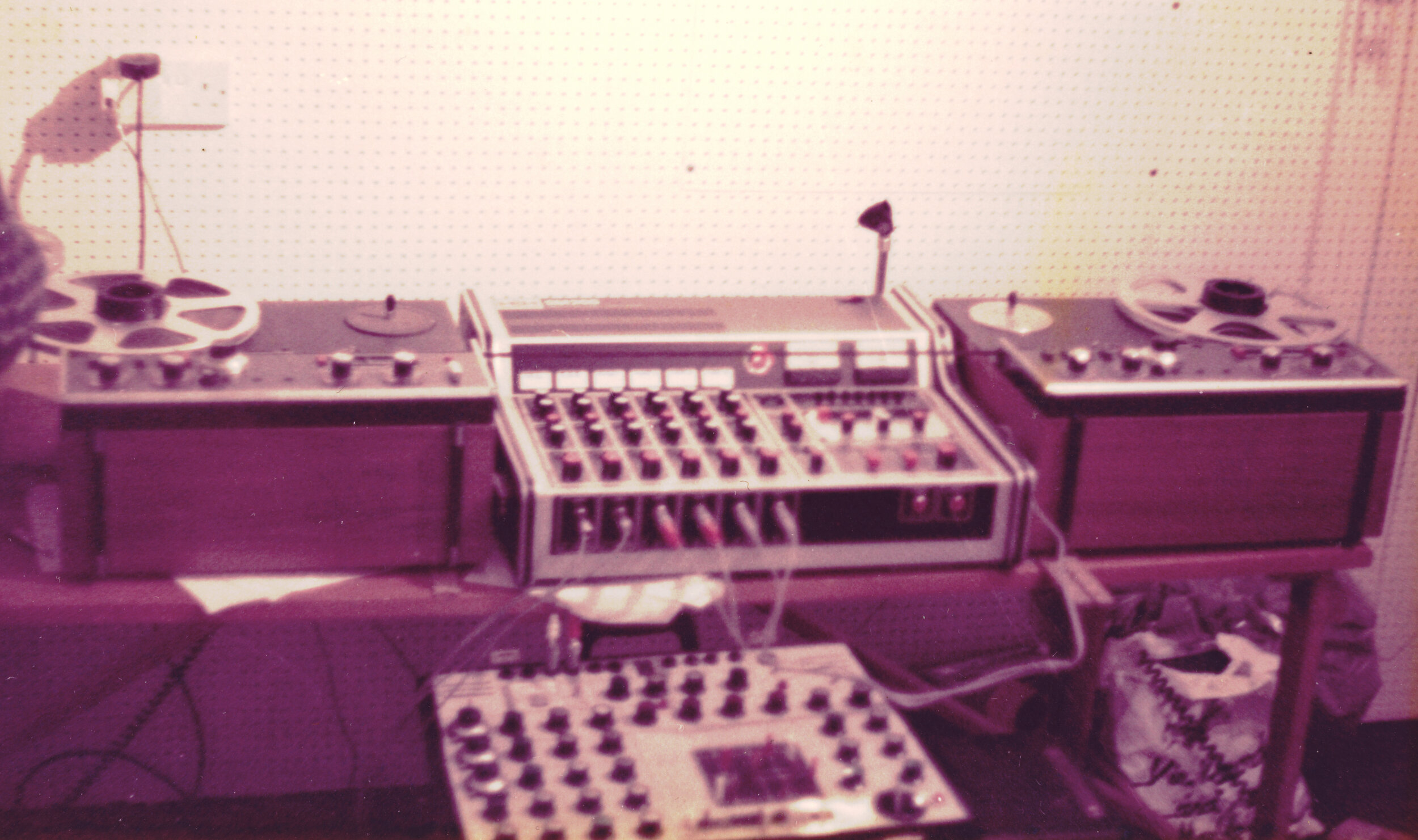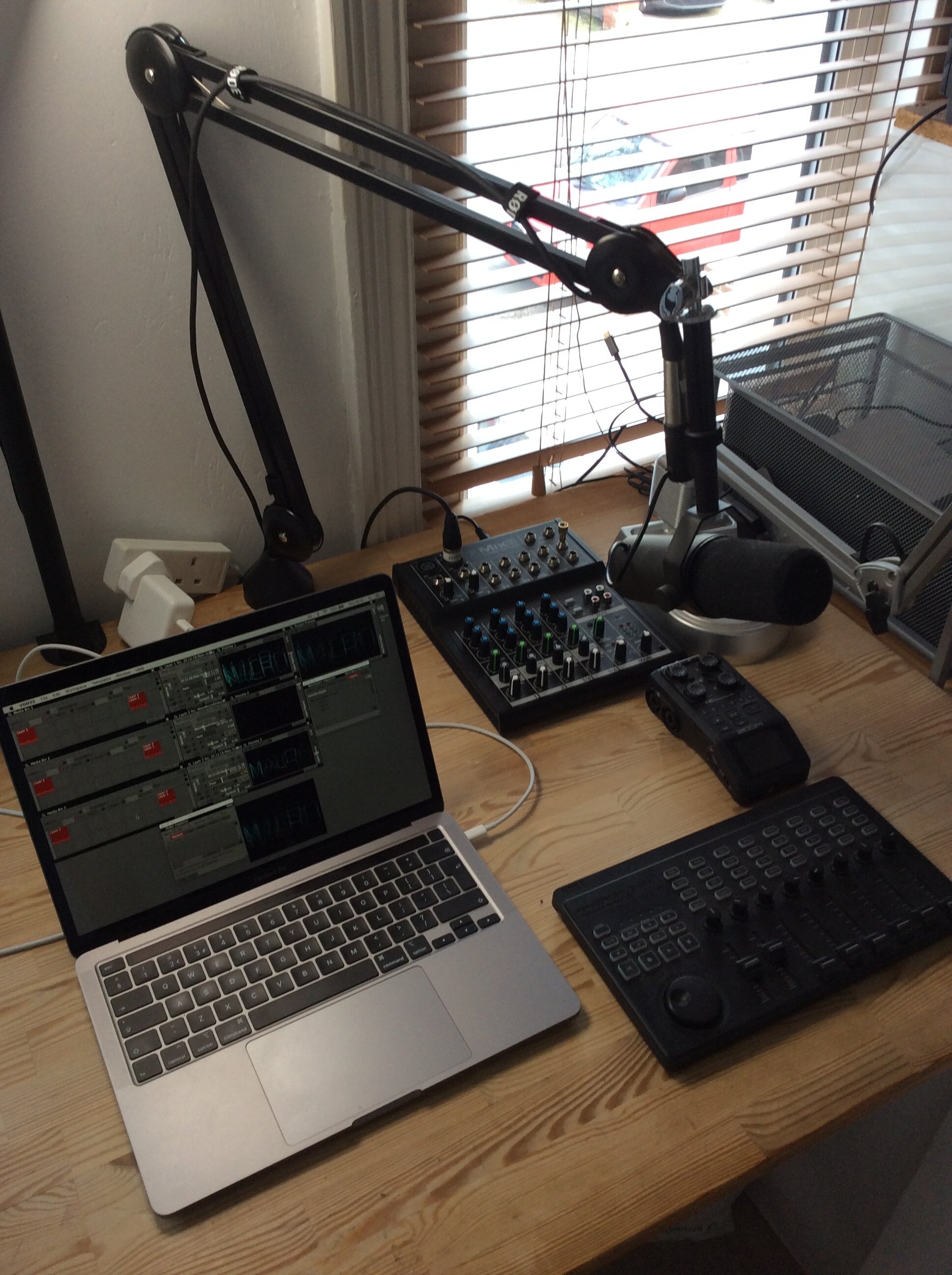The circles of lighting designers for tours is surprisingly tight knit, and one of the names that will keep popping up is Sarah Landau. Along with being one of the most talented production designers and performers in the game right now, she’s also great found a way to find some balance between the worlds of nonstop touring and getting to enjoy life, which anyone who has done it will tell you is no easy task. When we first met Sarah back in 2013 she was on the road with Passion Pit and already well established as one of the top up and coming LDs in the game – since then she’s worked with m83, Grimes and a bucket full of other amazing musicians… and now we’ve finally gotten hold of her for a minute between jumps for a quick interview about her latest gigs and world travels!
Read MoreLighting and visuals for m83 in Brisbane
































